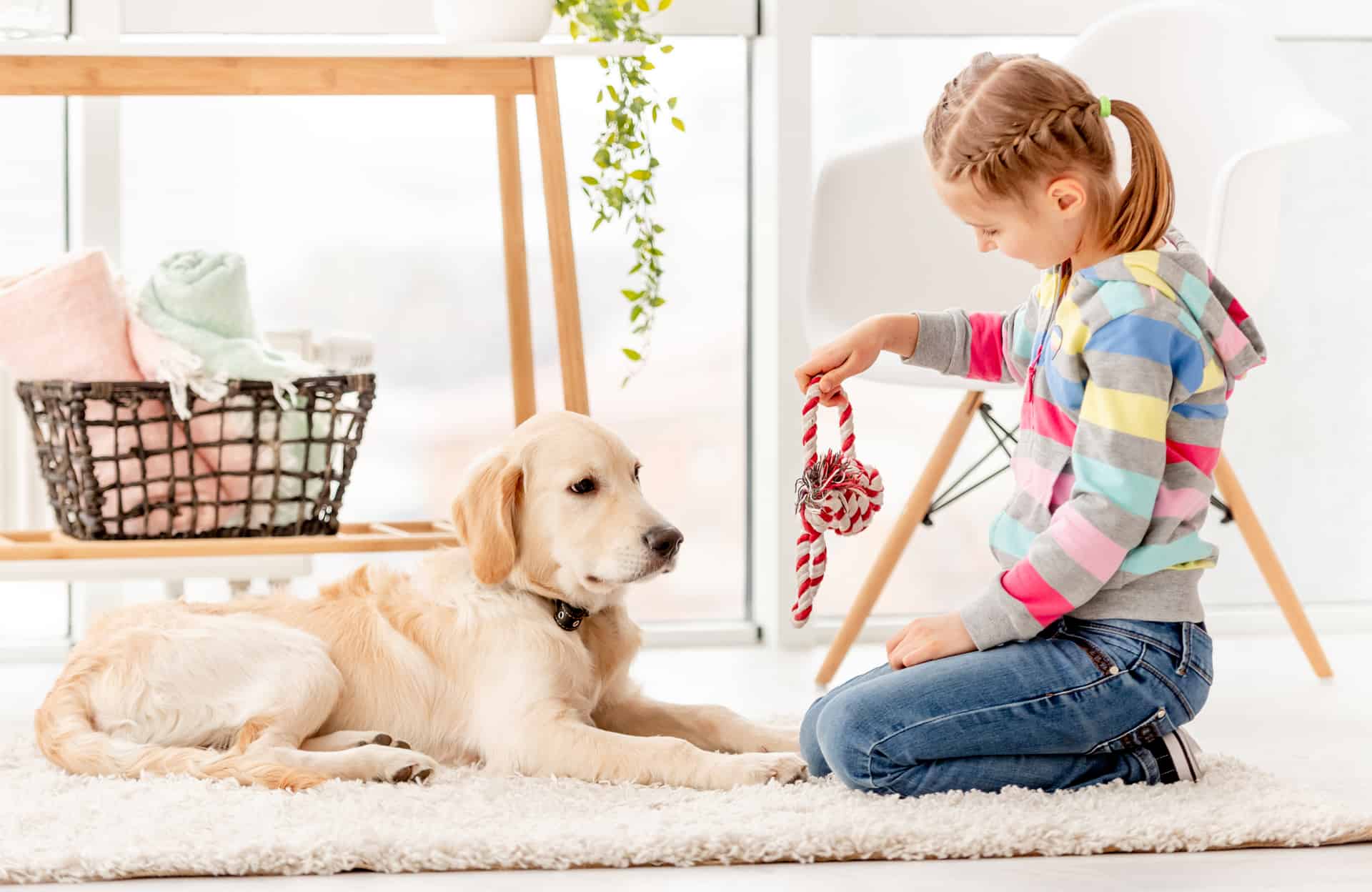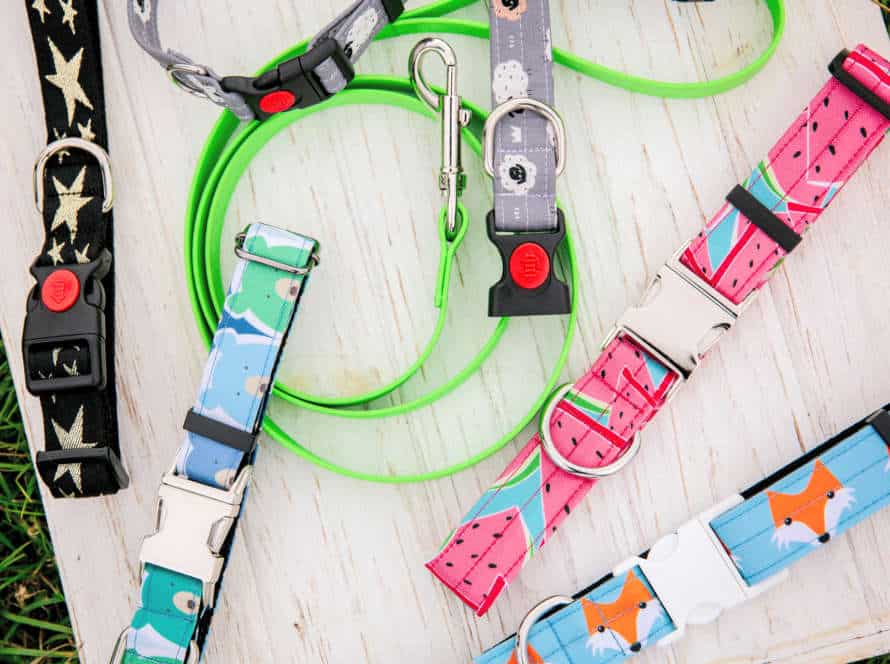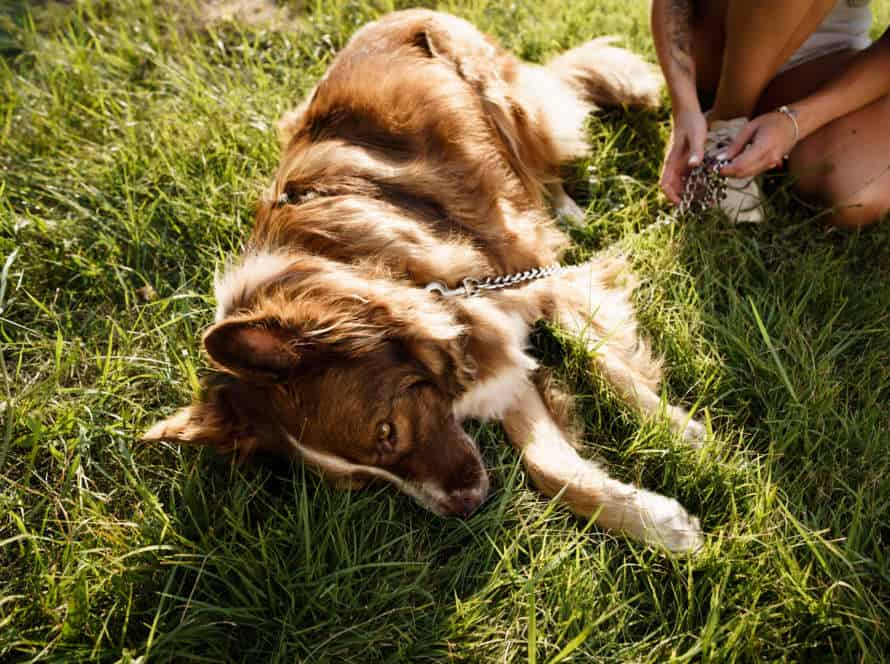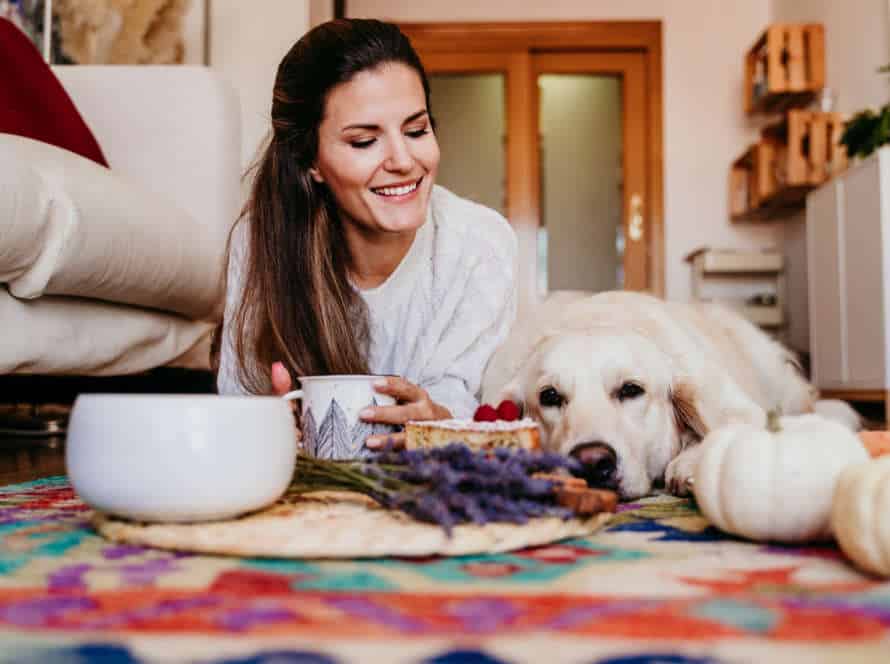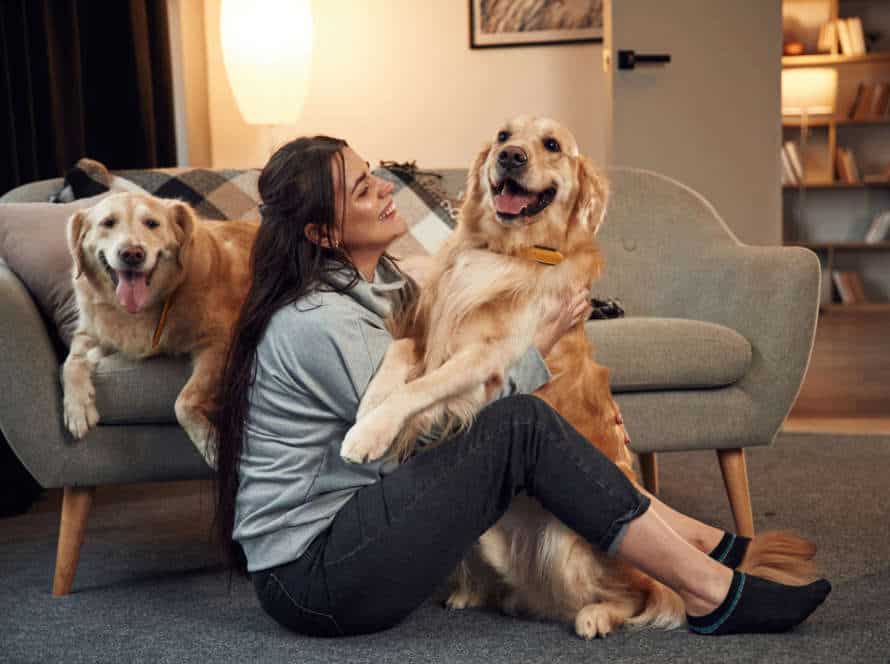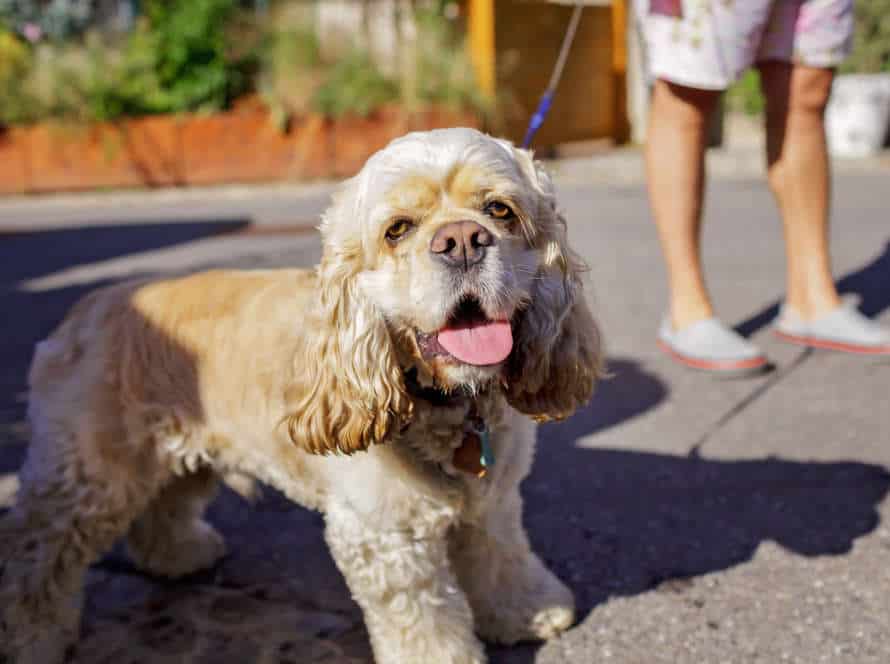How to Properly Clean Up After Your Dog to Prevent Marking
It’s essential to clean up after your pup to stop them from marking in and around your home. When they smell their pee or poo in one spot, they are likely to go back and mark it again, even if they’ve been house-trained. Here are some tips:
- Wear gloves and use a plastic bag to grab the feces.
- Use an enzymatic cleaner for pet waste to wash the area.
- Don’t use ammonia cleaners for urine as it may encourage marking.
- Rinse the spot, dry it with paper towels, and put baking soda or activated charcoal to get rid of the odor.
- Bag and get rid of the used cleaning materials right away.
With consistent cleaning and encouragement, you can break the marking habit and keep your home clean!
Why cleaning up after your dog is important
Cleaning up after your pooch is a key element of responsible dog ownership. Not tidying up urine and poo can make a mess and result in serious health complications for both humans and pets. Furthermore, leaving it behind can also make it hard to train your pup not to mark the same spot.
Let’s look into the importance of correctly cleaning up after your pet.
Preventing the spread of disease
Cleaning up after your pup isn’t just a law, it’s a key part of avoiding the spread of sickness. Pet waste can contain dangerous germs, parasites and viruses. If you don’t clean up, there could be a buildup of feces that can contaminate the soil, water and the area close by. Here are the steps for proper cleaning up:
- Grab the poop with a bag or poop scoop.
- Securely tie the bag.
- Put the bag in a sealed trash can.
- Use a disinfectant solution to clean the area.
- Don’t use ammonia-based cleaners – they may make your dog mark the spot again.
- Regularly clean and disinfect dog potty areas and equipment such as leashes, bowls, and toys to keep germs from spreading.
- Proper cleaning is not only great for your pup, but also makes for a safe and clean environment for everyone.
Maintaining a clean environment
A tidy environment is a must for your health and those around you, including pets. Cleaning up after your pup is vital to stop the spread of germs in their excrement, which can cause illnesses in both people and other animals. Here are some tips to do it properly:
- Grab a plastic bag or pooper-scooper for their poo.
- Tightly close the bag and dispose of it in a specific dog waste bin.
- Spray or use a solution to get rid of the scent.
- Wash your hands with soap and warm water to avoid spreading germs.
By following these tips, you can keep your environment clean and safe while having a great bond with your furry companion.
Respect for others
Respecting others is important, and that means cleaning up after your pup. Not doing so can cause diseases, health worries and grumpiness in the neighbourhood. Here’s how to do it right:
- Grab a plastic bag or a poop bag and cover your hand.
- Scoop up the poop, without touching it.
- Flip the bag inside out and tie it to stop any leakage.
- Put the bag in either a dog waste bin or regular garbage bin.
You can also train your pup to not mark territory:
- Use positive reinforcement to teach your pup to go in one place.
- Get them neutered or spayed, which may reduce marking.
- Take your pup on regular walks so they can mark outside.
It’s not just about picking up after your pup. It’s about being a respectful part of your community!
Cleaning up urine
Cleaning up after your canine is essential for upkeep and to stop marking habits. Urine is especially vital to be removed as it can have lasting effects if neglected. To properly clean up urine, there are certain steps that need to be done. This section will show you different methods to clean up urine correctly.
Use absorbent materials
Essential items for cleaning up doggy urine stains and odors to stop marking are things like paper towels, old cloths, baking soda, and vinegar. Here’s how you do it:
- Blot the area with paper towels or cloth to get rid of as much urine as possible.
- Put baking soda on the spot and wait 5-10 minutes before vacuuming.
- Mix 1 part white vinegar and 1 part water. Apply it to the affected area and let sit for 10-15 minutes. Then wipe it away with a clean cloth.
- Rinse the area with water and blot with a dry cloth.
Pro tip: Don’t use cleaning products with ammonia or bleach. This would make the odor worse and encourage your pup to mark again.
Rinse the area with water
Cleaning up pet urine is essential.
- Rinse the area with water.
- To do this: Blot with a paper towel or cloth, to remove liquid.
- Pour water over the spot, then scrub with cloth or brush to get any remaining urine.
- Repeat until it looks and smells clean.
- Towel dry.
To get rid of odor, use a pet odor remover or mix water and vinegar. Cleaning is important to keep your home sanitized and to break the pet marking habit.
Use enzymatic cleaners to break down scent
Enzymatic cleaners are fantastic when cleaning up after your pup’s pee. They break down the smelly organic compounds in it. Here’s how to use them:
- Absorb the pee with paper towels or cloth.
- Spray the area with enzymatic cleaner, saturating it well.
- Let the cleaner sit for 10-15 minutes to break down the urine.
- Blot up any extra cleaner and let the spot air dry. Don’t scrub or wipe it, as this can spread the pee and the scent, causing your pup to mark the spot again.
- For the best results, repeat the process until the scent and stain are gone.
Cleaning up feces
Clean up your dog’s feces to stop them from marking the area. This is a crucial step. If you don’t, your dog will pee in the same spot too. To avoid this, clean up as soon as your pup has finished. Here’s what you’ll need to do and have for proper cleanup:
Techniques and supplies:
Gather necessary materials
You’ll need some items for a proper cleanup after your pooch. Here’s the list:
- Disposable gloves
- Pooper Scooper or plastic bag
- Paper towels or rags
- Enzyme-based cleaner made for pet messes
Once you have them, put on the gloves and use the Pooper Scooper or bag to gather the poo. Then, wipe up any leftovers with paper towels or rags and spray the area with the enzyme cleaner. Let it sit a few minutes, then wipe it up with a clean towel or rag. That’ll take away any smell which may lure your pup back.
Pro Tip – Clean up the mess right away before it dries or soaks into the ground.
Scoop the poop
It’s key to clean up after your pup, to prevent marking and keep your environment clean and hygienic. Here are the steps:
- Put on disposable gloves, or use a plastic bag to cover your hand.
- Grab paper towels and pick up the feces.
- Put the feces in a sealable plastic bag.
- Use an enzymatic cleaner, or a mix of water and vinegar, to clean the soiled area.
- Rinse with water and blot with a clean towel.
- Throw away the gloves or plastic bag and scrub your hands with soap and water.
Pro Tip: Always carry supplies, like plastic bags or paper towels, when you take your dog for a walk. Just in case.
Double bag and dispose of properly
If you have a dog, it’s essential to be a responsible pet parent and clean up after them. Double-bagging and proper disposal are the keys. Here’s how:
- Wear gloves.
- Pick up feces with a bag or tissue paper.
- Turn the bag inside out and tie a knot at the top.
- Double-bag the knot-tied bag or put it in a paper bag.
- Put the double-bagged feces in a designated trash can for dog waste. Do not use compost bins or flush the feces down the toilet.
This lowers the chance of spreading diseases and keeps your environment clean. Pro tip: Carry extra poop bags when taking your pup for a walk!
Preventing marking
You gotta clean up after your dog if you don’t want them marking their territory. Inside and outside, you need to be thorough when dealing with accidents. And don’t forget to pick up any waste and bin it properly.
Let’s discuss a few more steps to make sure your dog doesn’t feel the need to mark their territory:
Use positive reinforcement training
Positive reinforcement training is an effective way to stop and fix marking. It consists of rewarding good behavior, and either ignoring or re-directing bad behavior. Here’s how it works:
- Set up a routine for potty breaks. Make sure your dog goes out often.
- When your dog does his business outside, give lots of praise and treats. Add cuddles for extra reinforcement.
- If your dog marks inside, don’t scold or punish. Interrupt it calmly and take him out.
- Clean any accidents well using pet enzyme cleaners. This will take away odors.
Over time, your pup will understand that going outside leads to good things. And inside isn’t the place. Positive reinforcement helps strengthen the bond between you and your dog. And makes living together more peaceful.
Spay or neuter your dog
Spaying or neutering your pup is the most reliable way to prevent marking in the home. To keep it clean and stop marking, do these things:
- Use an enzymatic cleaner to get rid of urine traces.
- Clean soiled areas right away with the enzymatic cleaner so smells don’t come back.
- Use baby gates or close doors to stop access to previously soiled areas.
- Train your pup to go to a chosen spot outside for elimination.
- Use positive reinforcement to reward your pup for using the spot outdoors, and discourage marking inside.
- If all of the house has been marked, consider hiring a professional cleaner to deep clean and get rid of all odors.
Remember, spaying or neutering your pup is the best way to prevent marking and other troublesome behaviors. Talk to your vet about the ideal time to spay or neuter your pup.
Use deterrents in marked areas
Dogs are territorial and mark to create boundaries. If you clean up after your dog, you can stop this behavior. Here are some tips:
- Wear gloves and use a plastic bag to pick up poo and throw it away in the trash.
- Use an enzymatic cleaner to remove urine smell from marked areas.
- Wash bedding and toys regularly.
- Use deterrent sprays, like citrus or vinegar, in marked areas to deter marking.
- Train your pup to mark in designated places, like a patch of grass or pee pad, with positive reinforcement.
Frequently Asked Questions
Q: Why is it important to clean up after my dog if they mark?
A: Cleaning up after your dog helps prevent the spread of odors and bacteria that can attract other dogs to mark in the same spot. It also helps maintain a clean and healthy environment for the community.
Q: What is the proper way to clean up after my dog if they mark?
A: Use a plastic bag or poop scoop to pick up any solid waste and dispose of it properly in a garbage bin. For urine, use a pet-safe enzymatic cleaner to thoroughly clean the area and remove any lingering odors.
Q: Should I use bleach to clean up after my dog?
A: No, using bleach or other harsh cleaners can actually make the problem worse by leaving a residual scent that can attract dogs to mark in the same spot. Stick to using pet-safe enzymatic cleaners for urine and regular soap and water for solid waste.
Q: How often should I clean up after my dog if they mark frequently?
A: It’s recommended to clean up after your dog immediately if you notice them mark. For regular cleaning, it’s best to clean up any areas where your dog commonly marks at least once a week.
Q: Can I use a pressure washer to clean up after my dog?
A: No, using a pressure washer can actually spread the scent of urine and solid waste further and make it more difficult to clean up properly. Stick to using pet-safe enzymatic cleaners and regular soap and water for cleaning.
Q: What can I do to prevent my dog from marking in the same spot?
A: Try to discourage your dog from marking in the same spot by interrupting them with a verbal cue or a gentle leash pull. You can also try redirecting their attention with a toy or treats. Consistency and positive reinforcement are key to preventing unwanted marking behaviors.

